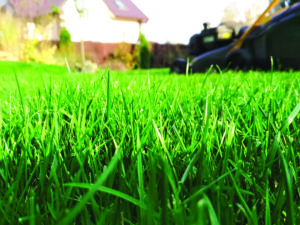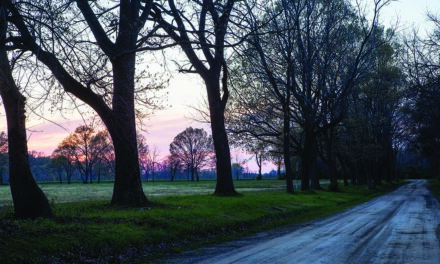Summer is supposed to be the low-stress season with vacations, long days, warm weather and lots of options for fun, but if the weather turns dry for long stretches, it can be a stressful time for your lawn.
Extended drought periods or extreme heat can turn grass brown and stunt its growth, opening the door for more hardy weed to take hold.
First, it’s important to know what to look for.
“Typically, growth slows down a bit in mid-summer anyway as part of a grass’s natural growth cycle as it uses more carbohydrates (food reserves) than it makes, says Geoff Rinehart, turfgrass management expert at the University of Maryland. “So when the grass does experience stress or disease it is slower to recover.
“Drought-stressed plants exhibit a purple to grayish hue, a narrower or ‘curled up’ leaf blade, and footprints are visible for several minutes after walking across a drought-stressed area.”
According to Lawn Doctor, when the heat outside increases, the roots beneath the soil shrink in size to reduce the amount of water they need to conserve energy. 
Sometimes the grass will also utilize its stored energy in the roots to help the plant withstand the intense heat.
“Grass dying in summer heat can happen to all types of grasses, but some are more susceptible than others. Cool season grasses are especially prone to disease and wilting in the summer heat,” the company says. “These types of grasses can experience root damage if soil temperature exceeds 85 degrees.”
Rinehart says tall fescue is especially susceptible to stress and in brown patch disease is one problem that can creep into a weakened lawn.
“Typically this fungus will cause medium-large, tan-brown patches, and sometimes you might even see some ‘cobwebby’ fungal strands in the morning dew,” he says. “Individual leaves infected with brown patch will have tan lesions with a dark brown border when the fungus is active, fading to just brown after the damage is done.”
While best applied preventatively before the weather turns dry, Rinehart adds they can be applied curatively to “arrest” the disease progression.
“Keep in mind that applying a fungicide will not lead to ‘automatic’ recovery,” he says. “Properly applied, it will arrest the fungus, but if it is hot and the damage is already done, it will take some time for the affected area to produce new disease-free leaves to replace the old damaged ones.”
Lawn Doctor offers these tips for managing lawns through long drought and hot periods:
• Don’t compact the soil. If your lawn experiences a lot of foot traffic or heavy mowing equipment, your soil will become compacted, and it will be difficult for air to get to the roots. If your lawn suffers from this problem, you’ll need to aerate in order to relieve the stress.
• Water deeply but not often. Watering lightly every day will produce shallow roots that won’t be equipped to handle hot and dry weather very well. Your lawn should receive 1/3 inch of water every other day in order to remain strong and drought-resistant. Water in the morning to avoid the afternoon’s high evaporation rates and the possible fungus risks your lawn could face if irrigated at night. Shoot for 6-10 am.
• Adjust fertilizer applications to avoid damage. In high-stress periods, light fertilizer applications will keep your lawn healthy or assist in recovery.
• If the drought is severe enough, let it go dormant. In conditions when the heat is just too much for your grass to overcome, it will essentially shut down until cool, moist weather returns.
During this condition, you should irrigate your lawn at least once per week.
But, every rule has an exception.
Allowing new turf to dry up and die can have crippling long-term effects, as it has shallow roots and may not be able to recover from extreme stress.
New lawns need irrigation through dry spells to get established and stay alive.
The Scotts Company also recommends keeping mower blades sharp for when the grass does grow enough to need cut and watering during the morning hours.
“Dull mower blades shred grass, so they lose more moisture than they would with a clean cut. Also, the shredded tips turn brown, making the lawn look dull,” According to Scotts. “Most grass types prefer to be mowed high, so set your blade at one of the highest settings on your mower. Taller grass grows deeper roots, and deeper roots can reach moisture that’s further down in the soil.”
Morning watering — between 6 a.m. and 10 a.m. — keeps evaporation loss down and give the lawn time to dry off giving disease less chance of setting in.
“Watering in the afternoon is throwing water away to evaporation. Watering at night invites disease,” the company says. “Half an inch twice a week or 1 inch a week should keep your lawn refreshed.”





